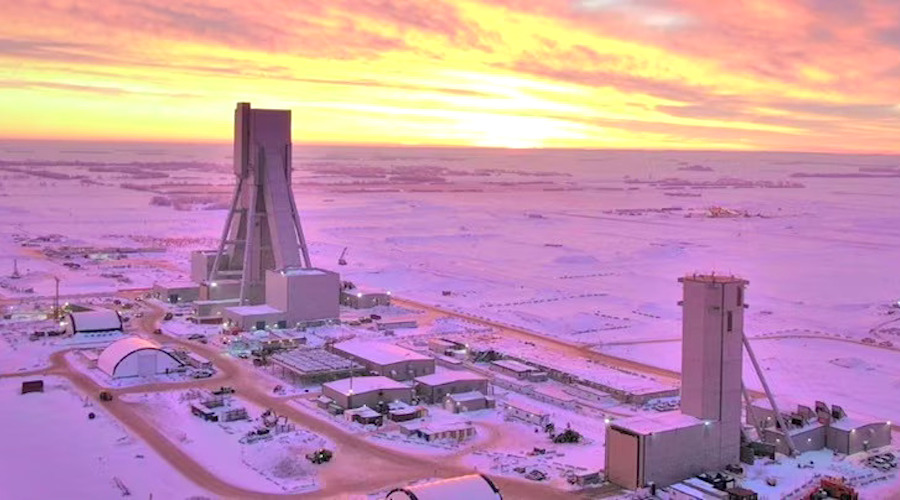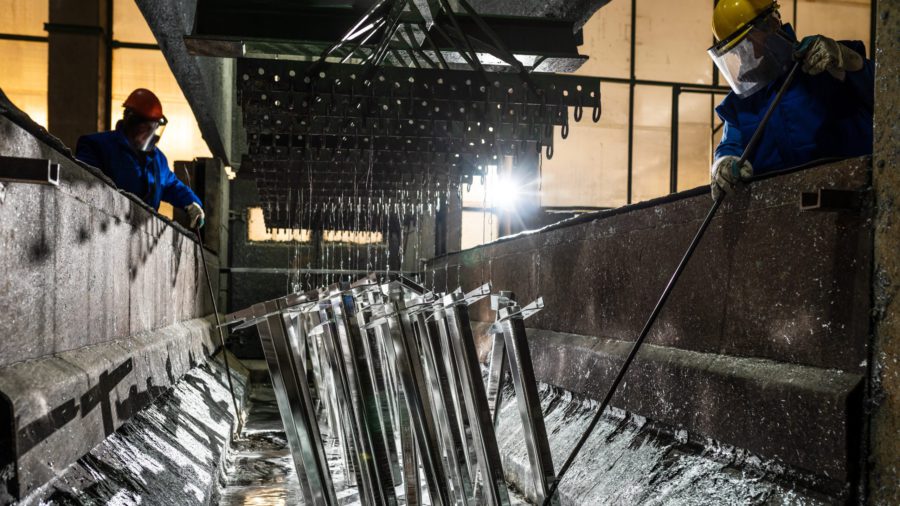Canada injects $75 million into BHP’s Jansen potash mine

The government of Canada is investing C$100 million ($75m) to support the development of BHP’s low-emissions Jansen potash mine in Saskatchewan, about 140 km east of Saskatoon.
The cash injection will be made through the Strategic Innovation Fund and forms part of Canada’s efforts to help its mining sector transition toward a low-carbon economy.
BHP is seeking to accelerate construction at its only potash project as high gas prices and sanctions on key exporters continue to disrupt global supplies of fertilizers.
The world’s largest miner is building Jansen in stages, with the first phase estimated to cost $5.7 billion.
The company had originally planned to kick off production at the underground potash mine in 2027. Market conditions, however, have prompted it to attempt bringing forward Stage 1 first production into 2026. Jansen is expected to yield 4.35 million tonnes of potash per year.
This means BHP will need as many as 2,500 people on site this year, in which the company expects to pour concrete foundations for the mill and other processing and storage facilities to start erecting steel structures.
Canada Innovation, Science and Industry Minister François-Philippe Champagne said the investment shows how much the federal government is committed to Saskatchewan as well as to Canada’s mining and agricultural sectors.
“We know how critical potash is for our country when it comes to food security,” he said, adding that the project will lead to the creation of hundreds jobs for Canadians while also encouraging green initiatives in the mining industry.
Upon commissioning, the mine is expected to increase Canada’s critical mineral production by nearly 22%, making it one of the world’s top producers.
Quarter of global supply
Potash is seen by farmers as an attractive resource because of its use as fertilizer, which also boosts drought tolerance and improves crop quality.
BHP expects potash demand to increase by 15 million tonnes to roughly 105 million tonnes by 2040, or 1.5% to 3% a year, along with the global population and pressure to improve farming yields given limited land supply.
Jansen had the potential to produce 17 million tonnes a year under a four phased development. This would account for about 25% of current global potash demand.
The mine is the first new underground potash operation built in 30 years in Saskatchewan and will be the world’s largest, once completed.
{{ commodity.name }}
{{ post.title }}
{{ post.date }}

Comments
Brian
What a joke. Makes it sound like the federal govt is the real hero here by donating the money. The money belongs to canadian taxpayers. We are the ones who deserve the credit not the federal govt.